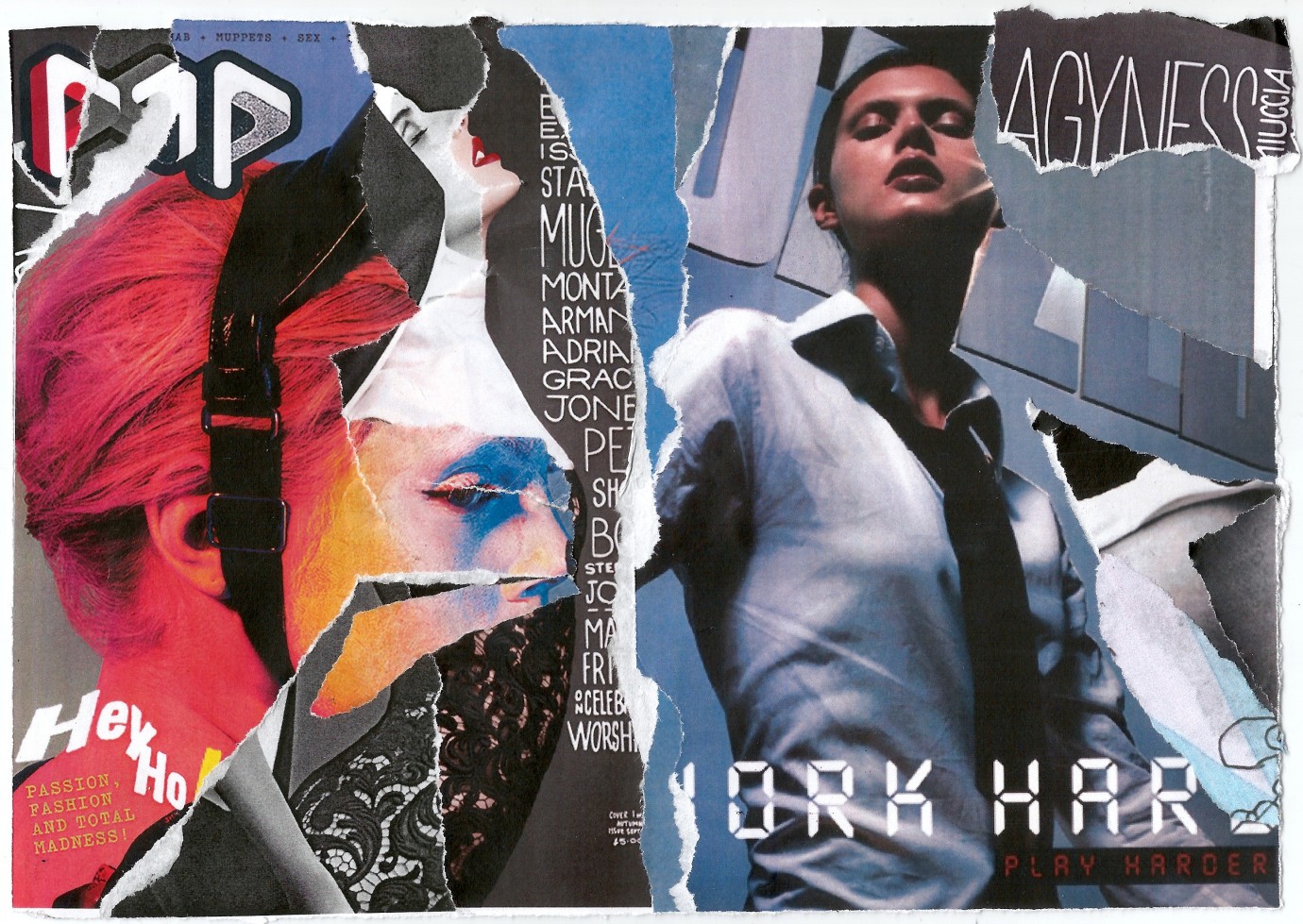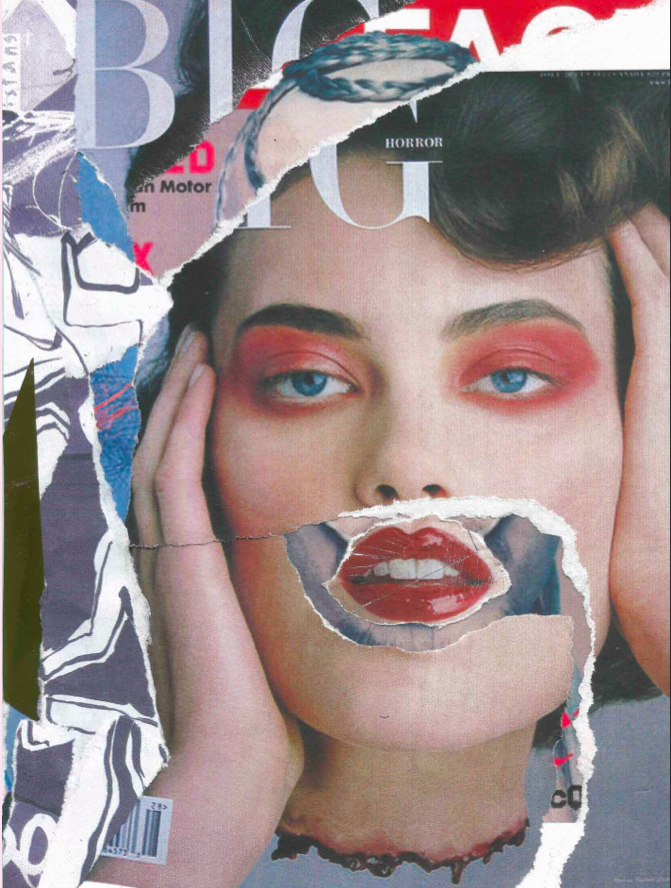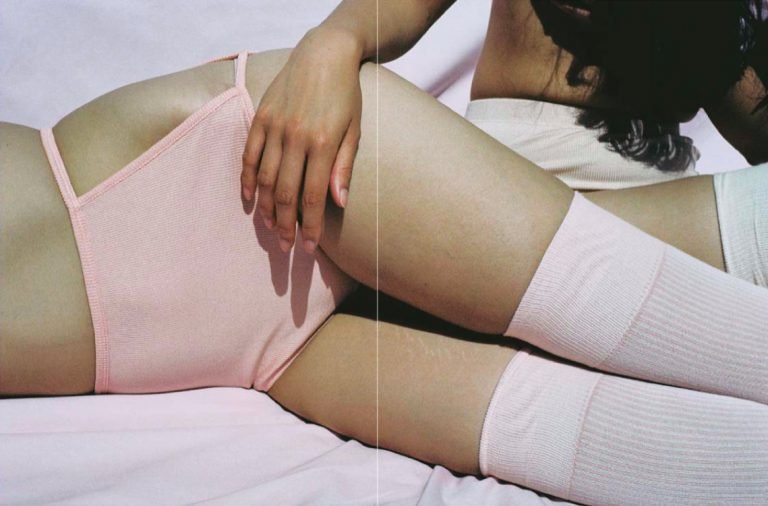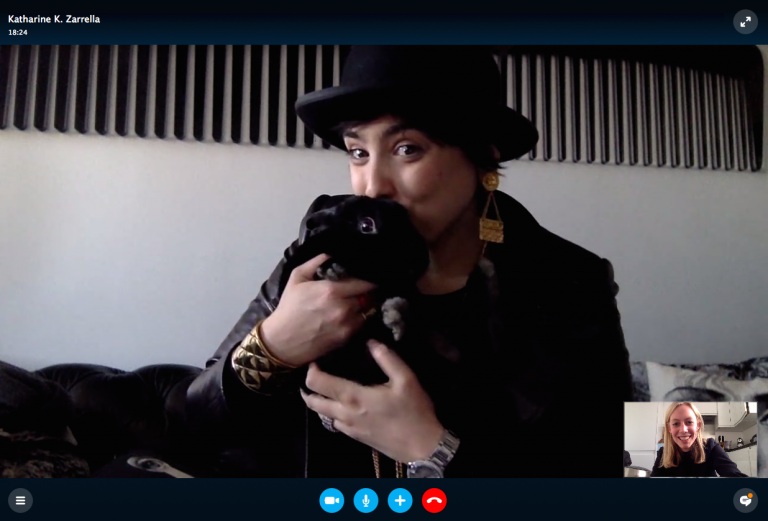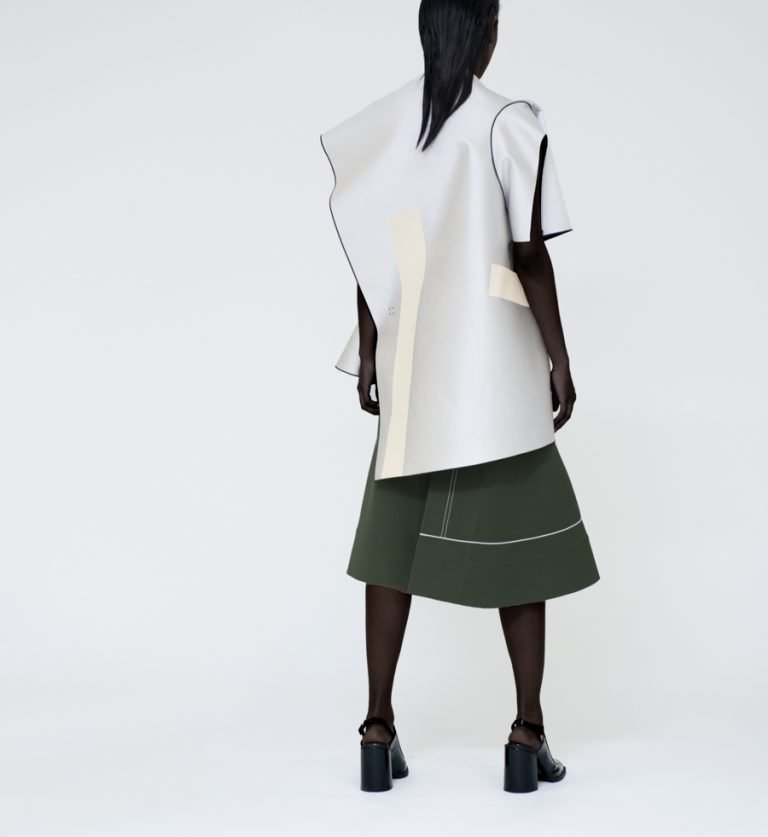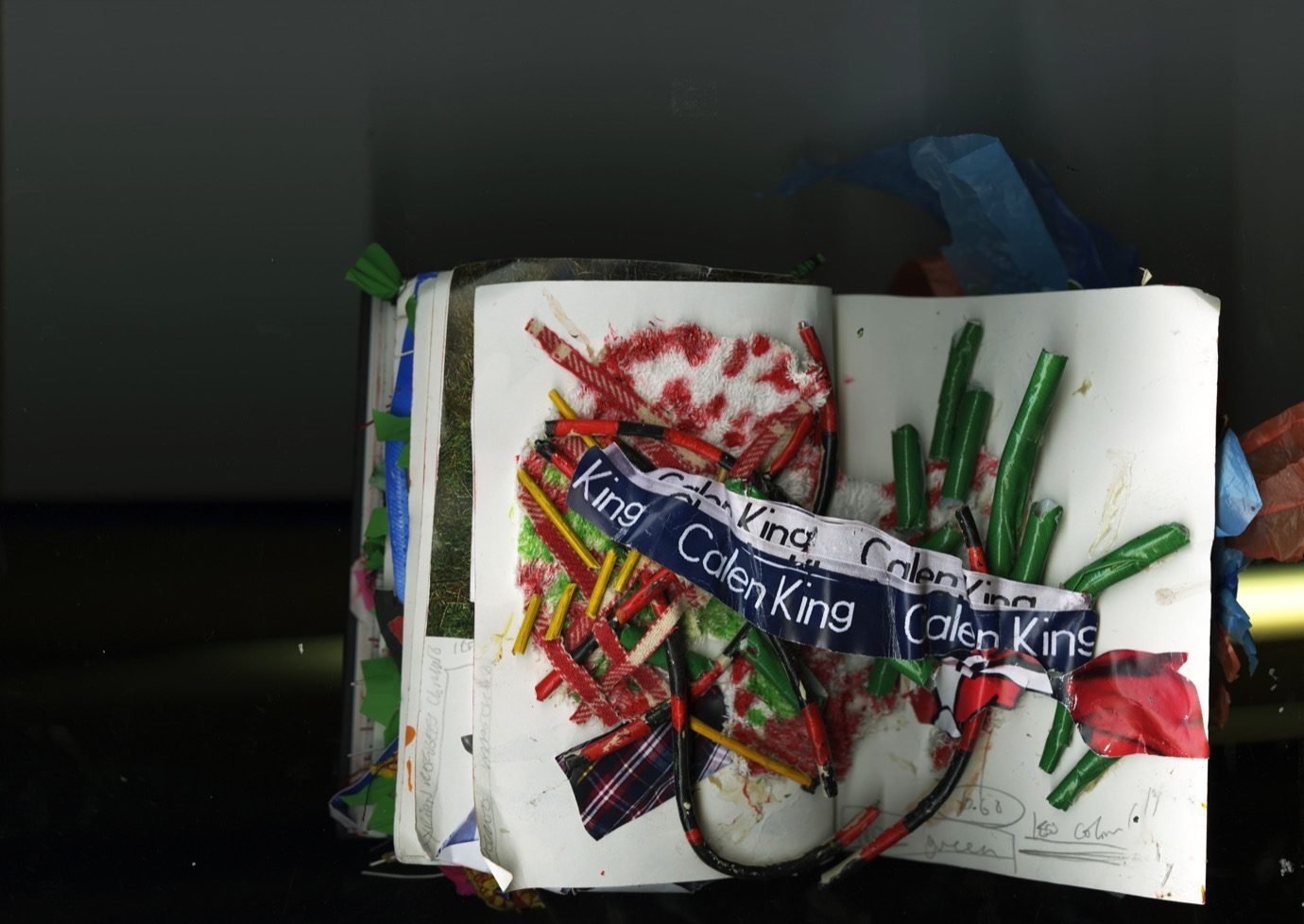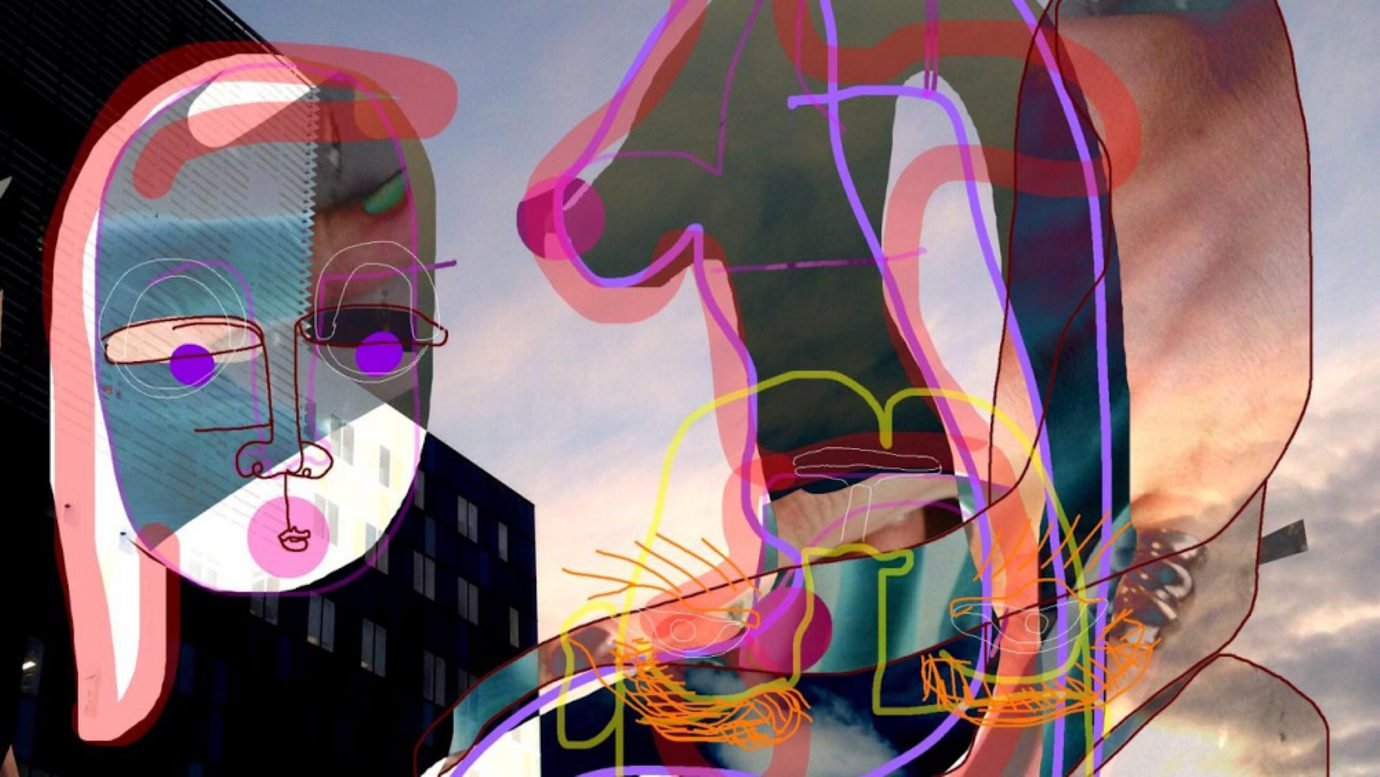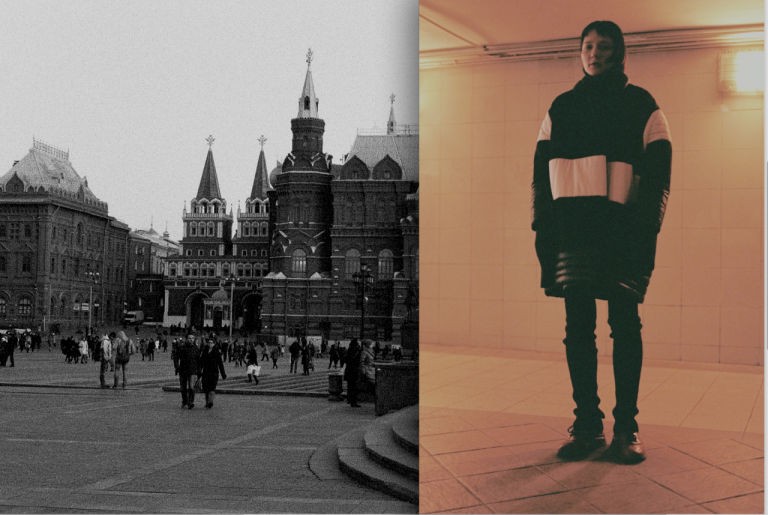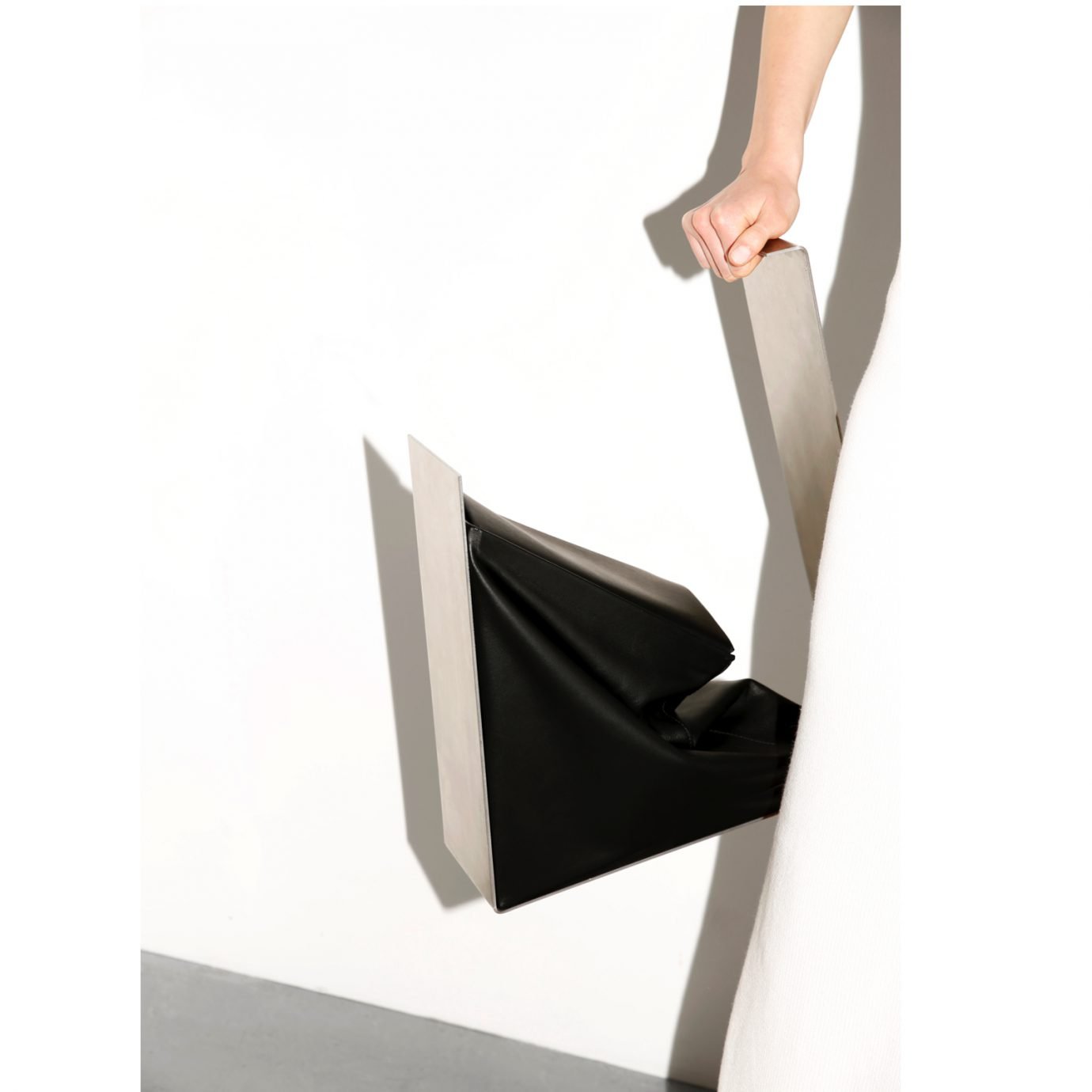When did you meet Stuart Spalding – was that at the time you were at The Face?
Stuart was on my art foundation course in Manchester, and we both went to different art schools. He worked freelance when he graduated doing really great graphic design stuff. I got the job at The Face and called him and said, ‘listen, there’s a lot of work to be done and we need to redesign it,’ and he said ‘great, let’s do it’.
Because Suburbia is the two of you, how do you make decisions?
Well, Suburbia is an advertising agency. Depending on the brief from the client, we brainstorm and work in a very collaborative way. Often we’re doing different things because there are different clients to work with. It’s all based around ideas – everything comes from an idea.
Do you ever want to kill each other?
Not really! The magazine got stressful sometimes – not with each other, but production issues. Boring technical stuff. Deadline stuff. When we started The Face, it was done the old-fashioned way and then we transitioned doing it on the computer. That was quite a big jump. I learnt a lot at The Face – I also learnt what you should and shouldn’t do when running a business, which is what I’m doing now.
Can you tell us when you first met Katie Grand – what was your first impression of her?
The first thing I got off Katie was her very high energy level. It doesn’t surprise me that she didn’t graduate – why waste another year? I related to that, the fast generation of ideas and making something quickly. When I started working in the commercial world, I was really surprised by how much longer you have to work on an advertising project compared to a magazine. When we were doing The Face, we had two weeks to put it together, a week off then start on the next one. When you work on some advertising jobs you have months.
“I THINK A FAMOUS FASHION MAGAZINE IS A BRAND, AND IT’S HOW YOU MAKE THAT BRAND RELEVANT TO THE HERE AND NOW.”
When you worked on Pop, it was your first year working together on a big project – the two of you, completely from scratch. What were the biggest difficulties?
I think what you have to remember is that by then, Katie and I had worked on a monthly magazine for a few years, so when you switch from doing a monthly magazine to doing a magazine that comes out twice a year, it’s actually quite easy. I think the only thing that was different was the challenge to do something new from the magazines that we’d worked on. It was a different publisher. It was about doing an exciting bi-annual fashion magazine in a very British way, because I don’t think there were any then.
Any epic stories?
Unfortunately not! By that time, everyone was your friend because you were working with everyone in the industry for 6, 7, 8 years. When you work with friends, it’s really fun. There was a lot of going out, hanging out. By the time we were all doing Pop, I’d left The Face for about a year. I was already starting to work on fashion advertising, branding, graphic design. I started Suburbia back then. Why, do you know any stories?!
No, we were hoping you’d have some! How do you think online and print can work together now?
With mainstream magazines, their circulations are dropping. They haven’t figured out how to make them live digitally. Online is just different. In a way they have to understand how these great brands are going to survive – if I was a publisher that’s what I would be trying to figure out right now.
Do you think it’s vital to have the complete package now – like Vice?
I think a famous fashion magazine is a brand, and it’s how you make that brand relevant to the here and now. I always think it’s about ideas and communication. I don’t get so worried about the technical side of stuff, because that’s constantly changing. Apps are strange though – no one is downloading magazine apps, are they? You get 9,000 downloads and you’re at the top of the market, which is ridiculous; some of the really big magazines have 10,000 downloads a month. If that’s the future of publishing, that’s a disaster.
“ONE OF THE BEST WAS WORKING AT THE FACE AND GETTING A PHONE CALL FROM TOM FORD, WHO SAID ‘I’VE JUST LOOKED AT THE NEW ISSUE, I LOVE EVERY THING YOU’RE DOING, AND WANT TO TALK TO YOU ABOUT DOING THE GUCCI CAMPAIGNS.’
How was it different working on Pop Magazine and LOVE? It was the same team but a different publisher, so how was that really different?
It was different… we left Emap who published Pop, and got approached by Condé Nast, and they let us do what we wanted. We started working on LOVE without even knowing what the name of the magazine was. That’s how much confidence they had in us.
They approached you? You didn’t have a concept or anything?
Yeah, Katie is the editor-in-chief, so she’s responsible for a large part of it. The art direction, graphic design, design of the logo, and name of the magazine, I came up with because that’s what we do at Suburbia. The first cover was fantastic – we’d done a shoot with Steven Klein and Beth Ditto, and Katie thought it’d be quite interesting to put a naked Beth Ditto on the cover of a new Condé Nast fashion magazine. It got quite a lot of press. We did all that handwriting typography [on the cover]. A lot of the stuff we do at the studio is by hand.
It’s so popular now, lots of magazines copy that.
If you think of the Kate Moss issue of Pop, where we did the big handwriting, that was 2006, no magazine was doing handwriting. Now everyone does it. We didn’t do it for the first time, but we brought it back for the 2000s.



